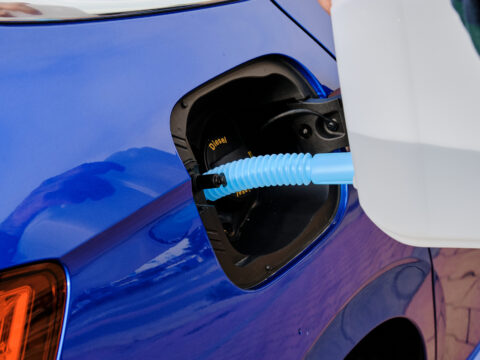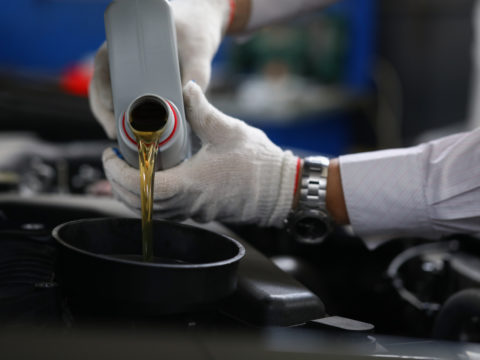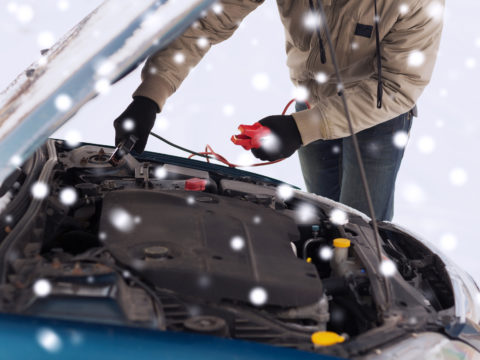While it is imperative to keep your vehicle maintained adequately, sometimes issues arise beyond your control, such as erratic and difficult gear shifting and harder downshifting.
If you notice shifting issues and shaking when attempting to brake, it could be the transmission shift solenoids to blame.
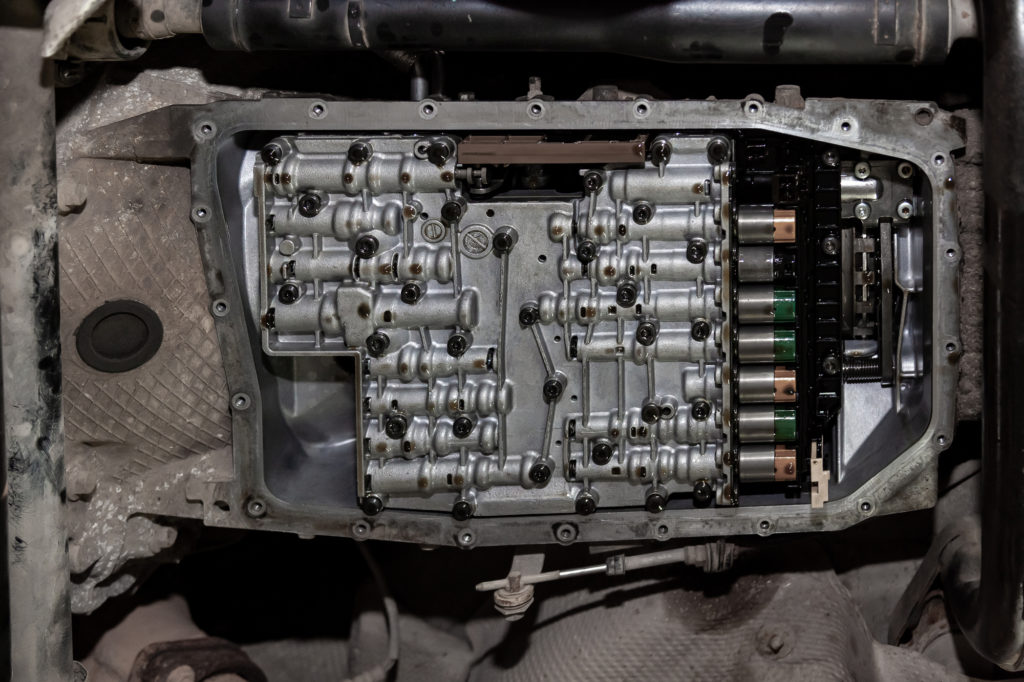
Contents
What is Transmission Shift Solenoid?
Transmission solenoids are hybrid electronic and hydraulic valves within the transmission that causes fluid to flow in and throughout it.
They operate via currents of voltage supplied by the vehicle’s onboard computer.
Where is a Shift Solenoid Located?
Typically solenoids are found within the transmission and are integrated inside of the valve body.
Shift solenoids can be visible without removing the valve body, depending on the make and model of the automobile.
At the same time, on other vehicles, you may find that you need to pull out the transmission pan to access them.
How Does a Transmission Shift Solenoid Work?
The shift solenoid shifts the automotive gears after the onboard computer collects information on speed through its sensors and sends the signal to the solenoid.
The computer will determine the factors that shift the gears, such as fuel efficiency, speed, and other aspects of vehicle operation.
When the computer determines what gear the vehicle should shift into, the control unit opens the shift solenoid by sending power into it so that transmission fluid can easily flow into the body of the valve.
The torque converter then changes the hydraulic pressure accordingly, and the gears shift.
Transmission solenoids contain spring-loaded plungers wrapped in wires that receive the electrical charge from the unit, thus allowing the desired pressure to take hold.
Since this process features electronic and mechanical parts, if they fail, it can cause severe damage to the vehicle and make it impossible to shift gears when necessary.
What Happens When a Transmission Control Solenoid Goes Bad?
Failure to operate at the proper capacity will cause the vehicle to become harder to shift into various gears and even make the car inoperable.
Typically an electronic malfunction is to blame when solenoids fail, causing your check engine light to illuminate.
What are the Symptoms of a Bad Shift Solenoid?
Some typical transmission solenoid symptoms to look out for include:
A Delay in Shifting When Accelerating and Decelerating
A defective shift solenoid can cause the gears to delay shifting when you attempt to speed up or slow down.
Delays can occur for a few short seconds up to over a minute and can cause havoc when driving if not taken care of as soon as possible.
Transmission is Stuck in Neutral
A stick in neutral happens when the shift solenoid either becomes too dirty or receives an insufficient amount of electric current.
Transmission fluid can cause the solenoid to stick in an open or closed position when too much fluid builds up.
Shifting Gears is Rough
Another symptom of a defective shift solenoid is having trouble shifting gears.
Solenoids must regulate fluid pressure to accurately engage the correct gears, but if that fails, shifting gears can be rough or erratic and cause the vehicle to shake.
Transmission Can’t Downshift, and Engine is Loud
When the transmission fluid has caused the solenoids to become stuck, shifting gears becomes too hard, and the transmission will not downshift.
The engine will then continue to rev even as you attempt to brake.
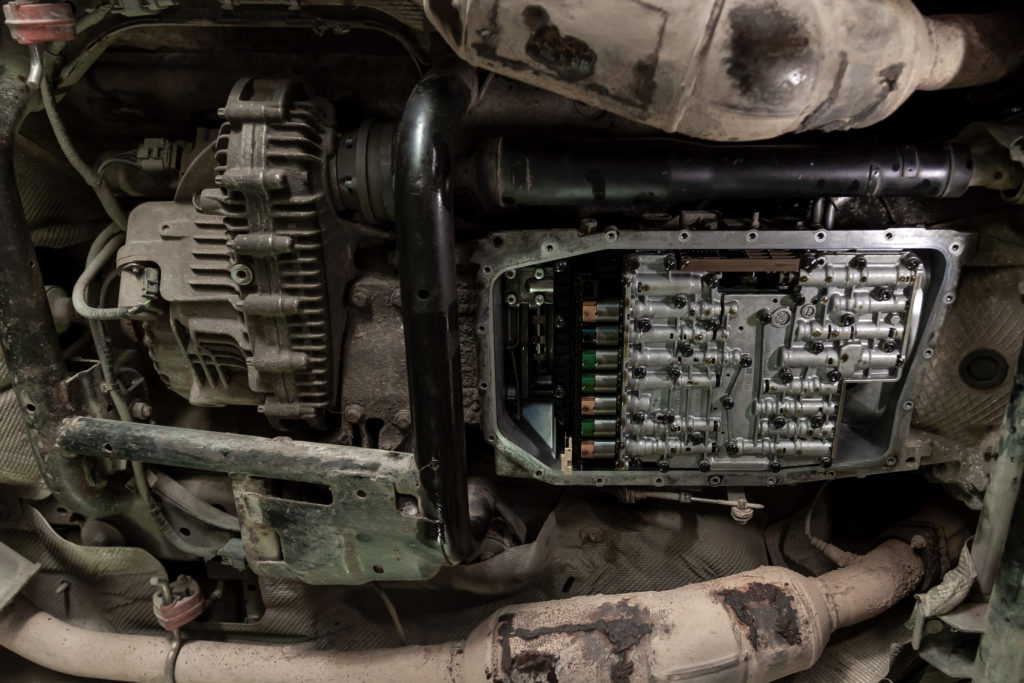
How do You Check Transmission Shift Solenoid?
If you suspect that a transmission shift solenoid is to blame, or you are having difficulty shifting gears, it is best to have it looked at immediately.
Either bring it to a licensed mechanic or employ the following steps to check the transmission solenoids accurately.
First, use a jack or other device to raise the vehicle off the ground and use a ratchet to remove the bolts securing the transmission oil pan to slide it out. You will now be able to access the solenoids.
Unplug one of the two plugs located above the shift solenoid. Use a volt meter by setting it to 200 ohms and touching the black wire from the meter to the negative battery terminal.
The meter should register somewhere between 12 and 25, indicating a good shift solenoid.
If the number readout is above or below that amount, the solenoid is considered bad and needs replacing.
Will a Bad Shift Solenoid Throw a Code?
Typically a vehicle’s onboard diagnostic system will throw a code to indicate a shift solenoid problem.
Some examples of codes it can throw include:
- P0750 – Shift Solenoid A
- P0755 – Shift Solenoid B
- P0760 – Shift Solenoid C
- P0765 – Shift Solenoid D
- P0770 – Shift Solenoid E
There are other variations of shift solenoid codes that include electrical, relay circuits, and intermittent faults that could show up as well.
Can You Drive With a Bad Transmission Solenoid?
It is not recommended to continue driving with a bad transmission solenoid, especially if you are having a hard time shifting gears or the car is shaking with a louder-than-normal engine.
If your check engine light registers an electrical problem and you think it might be the transmission shift solenoids, test and see what codes are being shown and have a mechanic diagnose the issue.
How Much Does It Cost to Replace a Shift Solenoid?
The cost to replace shift solenoids depends on the make, model, and year of the vehicle.
Typically, replacing the shift solenoid for an automatic transmission costs anywhere from $200 to $500.
Depending on the automobile, a single-shift solenoid can be easily replaced.
However, if the solenoids are part of a unit, the whole pack must be replaced even if only the single solenoid has failed.
Repairing a transmission shift solenoid can take anywhere from 2 to 4 hours to complete if all the parts are available.

